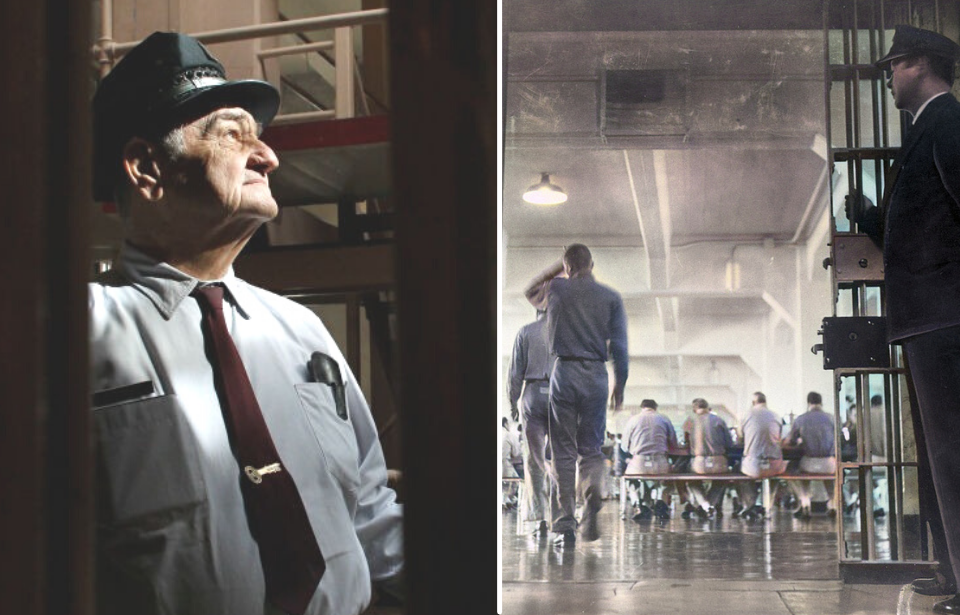Alcatraz Federal Penitentiary, also known as The Rock, is one of the most famous prisons in the world. Starting as a military prison built on Alcatraz Island off the coast of San Francisco, California, the US Department of Justice took over the facility in October 1933.
Its isolated situation made escape attempts pretty impossible, and prisoners sent there knew they weren’t getting out any time soon. But what was life like in this notorious prison before it shut in 1963?
One inmate per cell rule meant people actually asked to be imprisoned at Alcatraz
Alcatraz had 336 cells measuring 5 feet by 9 feet, each with a cot, a basin, and a toilet. According to Jim Quillen, an inmate from 1942, the toilet had no seat and the washbasin had only a cold water tap.
The cells in Block D were larger, but that’s because they were used solitary confinement cells. Inmates put in there weren’t allowed to leave except for the weekly recreation yard visit.
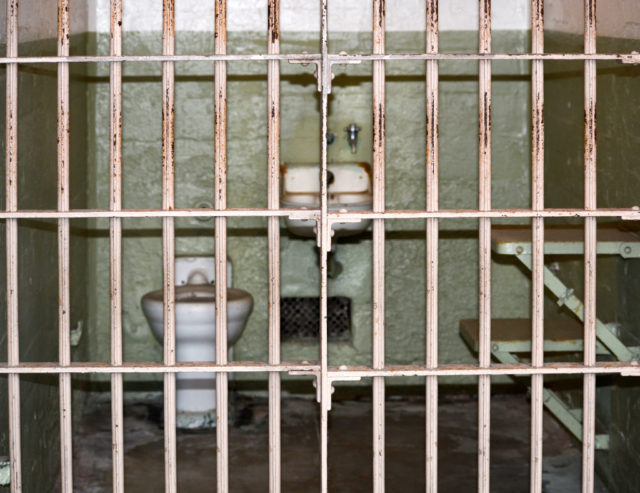
With the highest number of people imprisoned there being only 302 inmates, Alcatraz was never crowded, and each man had his own cell. This was a boon to some prisoners because it prevented unwanted advances and attacks from other inmates.
Each prisoner had four rights – but more could be earned
The four rights afforded to each prisoner were: clothing, food (three meals a day), shelter, and medical care.
Medical care was provided by a hospital located on the site, which included dental and psychiatric services. According to Ranker, the Birdman of Alcatraz spent 11 of his 17 years there, partly because he was dangerous but also because of a kidney condition.
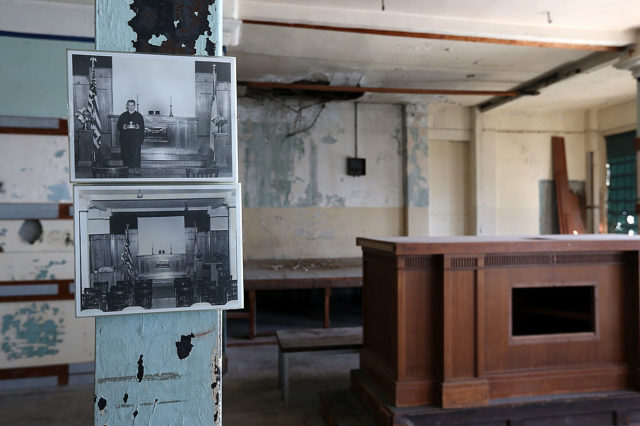
Extra rights that could be earned included going to the library, playing softball or baseball, going to church, listening to the radio, watching movies in the auditorium, and playing chess, checkers, or dominoes.
According to the Alcatraz History website, inmates were able to take part in correspondence courses offered by the University of California. Prisoners could select from 19 different courses that ranged from Elementary English Literature and Beginning Algebra to Poultry Husbandry.
Some of the best food in the prison system
Another reason inmates wanted to be transferred to Alcatraz was the food. It has been suggested that serving good food (and as many helpings as prisoners wanted) was the idea of the first warden, who realized that bad food led to unhappy prisoners and riots.
Food was served at 6:45 am, 11:40 am, and 4:25 pm.
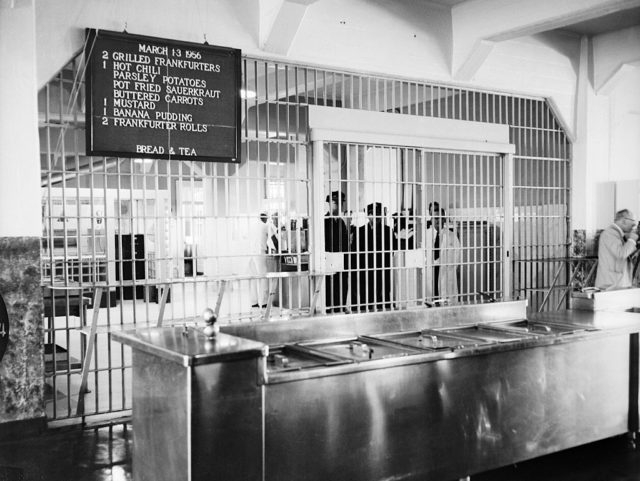
According to Ranker, a menu from 1946 described how “inmates ate stewed fruit, cereal, milk, bread, and coffee for breakfast. Lunch, the biggest meal of the day, included soup and meat – everything from roasted pork shoulder to beef pot pie – with vegetables, bread, and tea. Some additional lunch items could include apple pie, cole slaw (sic), and corn on the cob… Dinner was similar in presentation, with some lunch items reappearing at the evening meal. Prisoners ate soup, vegetables, and bread with fruit, cake, or Jell-O as dessert.”
The showers were warm, but only as a means of preventing escape
Alcatraz had a similar shower room layout as other prisons with little privacy, but the showers did have warm water. The reason for this is revealed by the Alcatraz History website: “The Bay water temperatures ranged from fifty to fifty-four degrees. It was determined that exposure to the elements would have affected body functions after approximately twenty minutes. The showers at Alcatraz were always supplied with moderately hot water, in order to hinder inmates from becoming acclimated to the freezing Bay waters.”
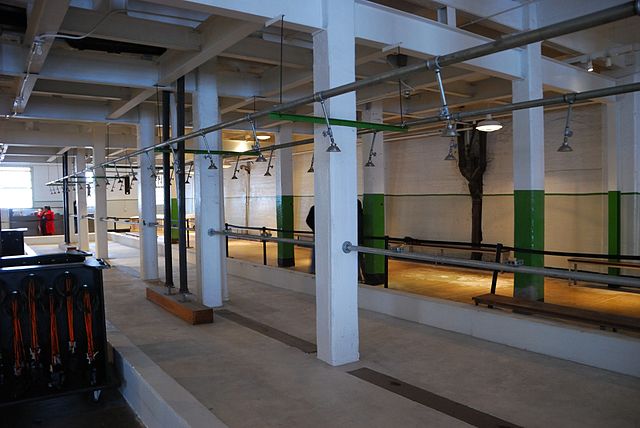
The prison had its own band, but no whistling allowed
The band, known as The Rock Islanders, could only practice between the hours of 5:30 pm and 7 pm, but no whistling or singing was allowed during rehearsals. Any practice outside of this time would result in the instrument being confiscated and the prisoner disciplined.
Recitals were given on Sundays and on holidays.
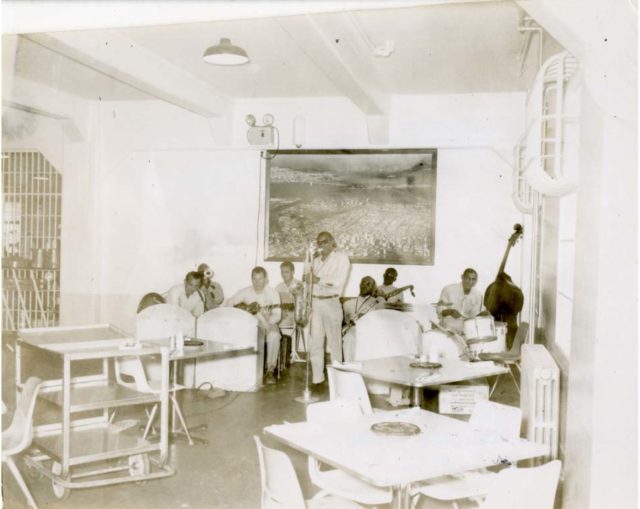
Several sources credit the formation of The Rock Islanders to Al Capone, who begged the warden to let him form a band and managed to get his own way on this one. According to letters he wrote, he learned guitar, banjo, and the mandola (similar to a mandolin).
Hard work could reduce your sentence
Prisoners could find themselves working in the laundry and kitchen, burning trash, and tending the docks or the gardens. For such work, they could earn between 5-12 cents per hour, but more importantly, a prisoner could earn time off their sentence.
According to Ranker: “Industry jobs like the laundry and woodworking plant allowed prisoners to deduct two days from their sentences for each month worked during the first year. During the second through fourth years, it was four days; the fifth and all subsequent years earned inmates five days per month.”
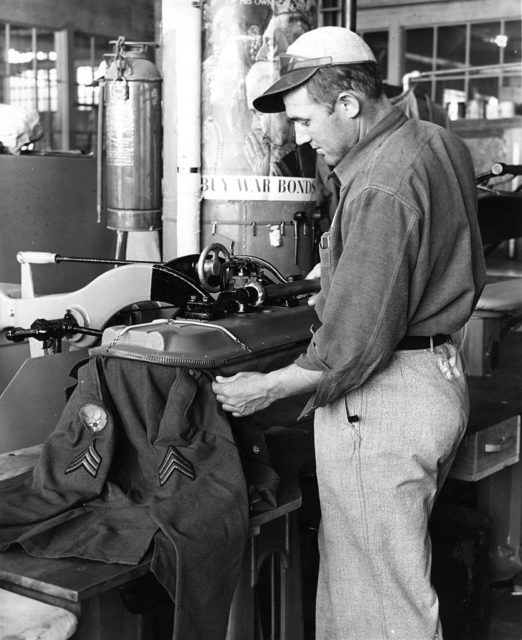
Strict rules were in place to keep order
With prisoners including such notorious criminals as Al Capone, Machine Gun Kelly, and the Birdman of Alcatraz, it was essential for the warden and guards to keep order. To try and keep a lid on escape attempts, inmates would be counted up to 13 times a day.
A metal detector was used on prisoners and visitors alike, but it was very hit and miss. At one point, it failed to pick up that the men had knives in their pockets while on another occasion, Al Capone’s mother had to strip down to her underwear to prove that the metal detector had picked up the metal in her corset and not a concealed weapon.
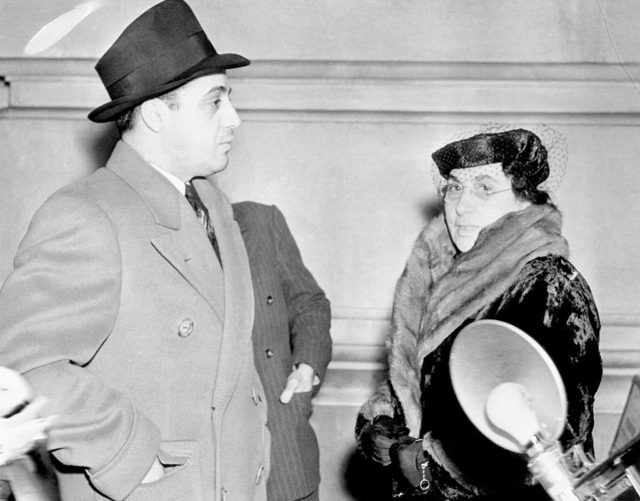
Each prisoner was permitted one visitor a month. Every conversation was monitored, and the visit would be brought to an end if the prisoners talked about current events, the prison, or other inmates.
Absolute silence was scrapped as too harsh a rule
In the first few years of Alcatraz’s operation, a rule was enforced that the inmates could not talk except to order their food. They could only converse in the workshops or the exercise yard on Saturday afternoons and Sunday mornings.
The rule was scrapped in 1937, not just because ex-convicts were telling newspaper journalists how harsh the rule was, but also because it was difficult to enforce and the men were finding ways around it (such as using the pipes in the cells to communicate). After that, silence was only compulsory in solitary confinement.
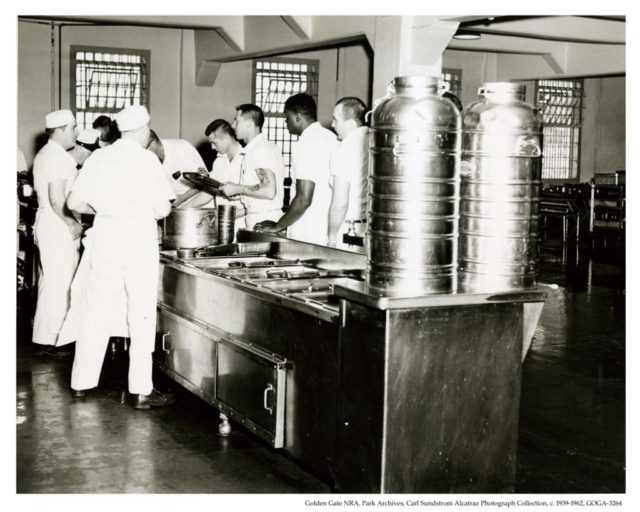
Letters were read and rationed
Former inmate Bryan Conway told Reader’s Digest in 1938 about the rules regarding letters. “We were permitted to write only one letter of not more than two pages each week. That had to be a blood relative; no inmate could write to his sweetheart. We never saw the incoming letters, just copies or rewrites typed at the prison office.”
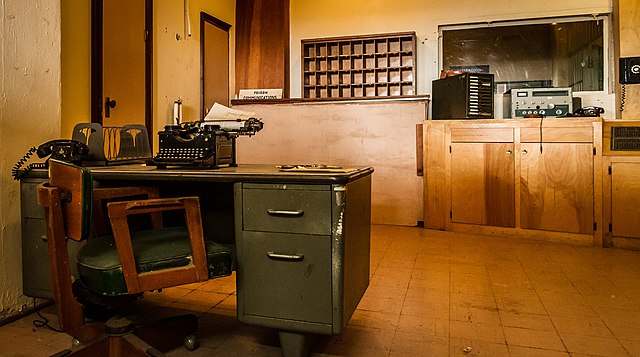
A letter written by Al Capone to his son in 1938 went up for auction in 2016. In the letter, he writes: “Tell mother to order for you a monthly magazine I get here, called ‘Fortune’… as to my estimation I think it is the most sensible magazine written.” He also had words of advice: “Junior keep up the way you are doing, and don’t let nothing get you down… There isn’t much I can write, but chin up, always.”
The letter eventually sold for $62,500 (£48,172).
The Strip Cell was the worst of all
While people have heard of the Hole – six extremely basic cells in D-Block designed to curb the unruliest of prisoners – the Strip Cell was the worst of those six. While a prisoner might spend up to 19 days in the Hole, they were only put into the Strip Cell for 1-2 days.
Crime Magazine gives us insight into what conditions were like in the most feared place in Alcatraz: “The single “Strip Cell”… was a dark steel encased cell with no toilet or sink, just a small hole in the floor for human excrement. A guard even controlled the hole’s flushing lever. Inmates were placed in the cell without clothing and given restricted diets. The cell had a standard set of bars with an expanded opening to pass food, and a solid steel outer door that remained closed, leaving the inmate in a totally pitch-black, cold environment. A sleeping mattress was allowed during the night, but removed at dawn.”
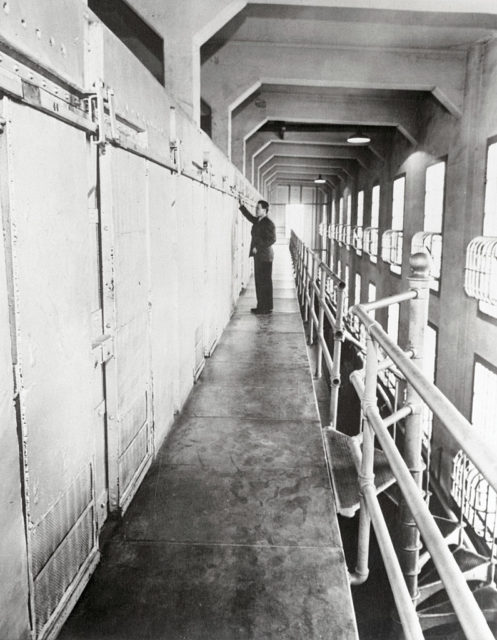
As the name suggests, prisoners were stripped before being thrown in this cell.
The guards undertook target practice at night as a warning
Bryan Conway also spoke to Reader’s Digest about one particular act of the guards that was designed to torment the prisoners.
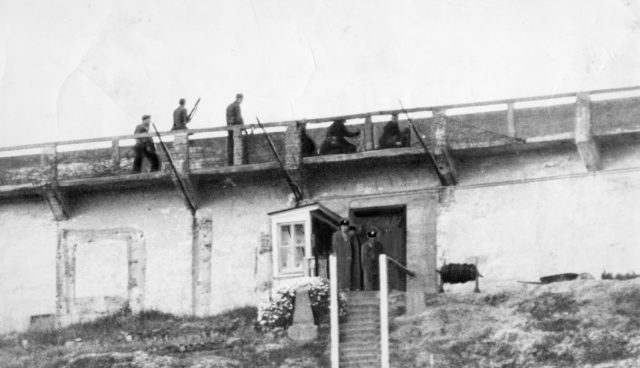
“Next to routine, one of the worst forms of mental torture is the target practice of the guards, carried on right outside the cell house. This is an almost nightly occurrence, after the men are locked in their cells. Men cannot sleep while these bombardments are going on. The guards always shot at dummies made in human likeness, and these were left sprawled along the workway with bullet holes in vital spots, as silent object lessons to ‘cons’ who might be thinking of a break.”
Al Capone once stated ‘Alcatraz has got me licked’
Alcatraz History gives some insight into how Al Capone lived while imprisoned at the Federal Penitentiary in Atlanta: “his cell boasted expensive furnishings which included personal bedding… His cell was carpeted, and also had a radio around which many of the guards would sit with Al conversing and listening to their favorite radio serials.”
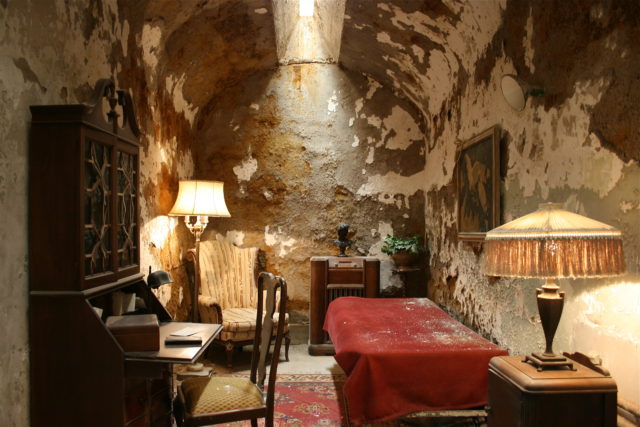
However, things were different at Alcatraz. Capone was watched closely and given nowhere near as many privileges as he had at Atlanta. The website goes on to describe his first experiences at Alcatraz:
“Warden Johnston had a custom of meeting new ‘fish’ when they first arrived at Alcatraz, and usually participated in their brief orientation. Johnston wrote in a later memoir that he had little trouble recognizing Capone while he stood in the lineup. Capone was grinning, and making quiet smug comments from the side of his mouth to other inmates. When it became his turn to approach Warden Johnston, it appeared that he wanted to show off to the other inmates by asking questions on their behalf in a leader-type role. Johnston quickly provided him his prison AZ number, and made him get back in line with the other convicts. During Capone’s time on Alcatraz, he made several attempts to con Johnston into allowing him special privileges, but all were denied. Johnston maintained that Capone would not be given any special rights and would have to follow the rules as would any other inmate.
Capone eventually conceded and one day made the comment to Johnston, ‘It looks like Alcatraz has got me licked.’”
Inmates thought Alcatraz was haunted
Stories abound these days about abandoned prisons being haunted by former inmates, but Alcatraz was allegedly haunted while there were still people there.
Guards who worked at Alcatraz reported a ghost called “The Thing,” which had glowing eyes and would moan and cry loudly. Terrible smells accompanied its appearance. They would also hear phantom gunshots so real that they thought some prisoners must have escaped and armed themselves.
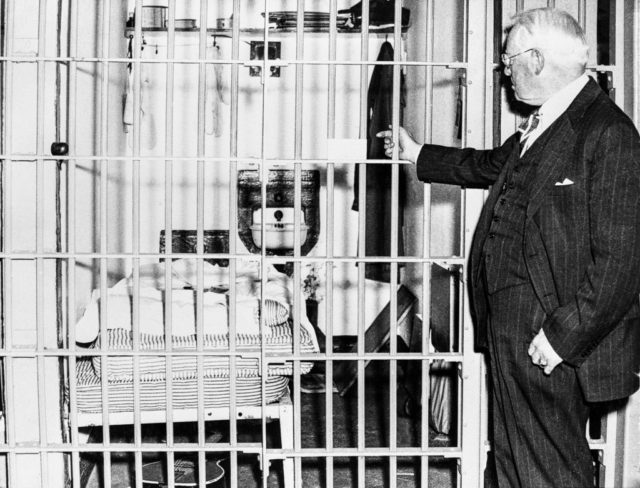
Legends of America relates a story about Warden Johnston, who did not believe in ghosts but “once encountered the unmistakable sounds of a woman crying while leading several guests on a tour of the prison. The cries, heard by the warden and the guests, were described as coming from inside the walls of the dungeon. Just as the loud crying stopped, an icy wind blew through the group.”
More from us: Escape From Alcatraz: Ingenious Plan Or Wishful Thinking?
The same website mentions how guards once smelled smoke in the laundry room. “When they investigated, the black smoke was so thick it drove the guards from the room. However, just minutes later, the room was smoke-completely free.”
